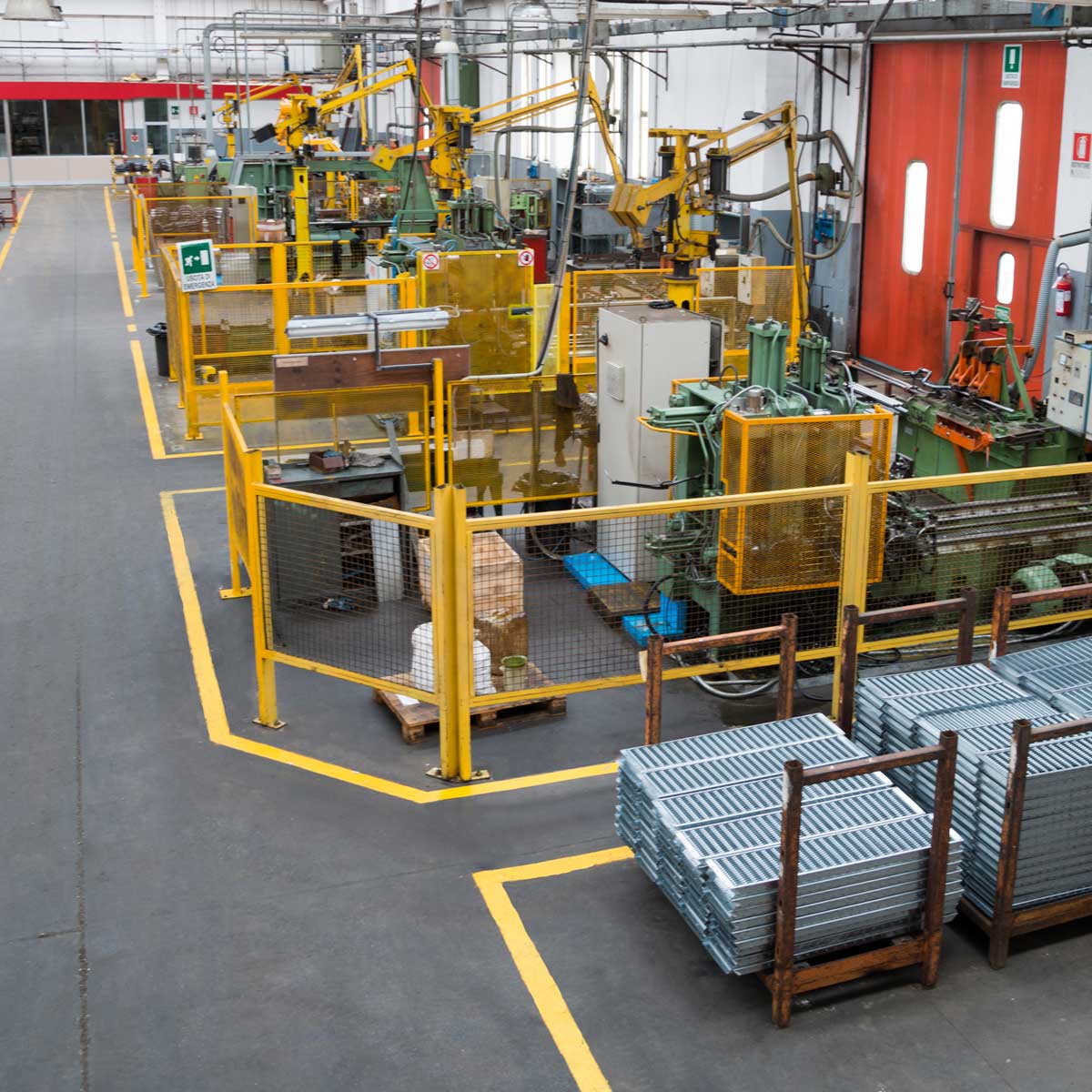This website uses cookies so that we can provide you with the best user experience possible. Cookie information is stored in your browser and performs functions such as recognising you when you return to our website and helping our team to understand which sections of the website you find most interesting and useful.
Manufacturing Leaders Still Waiting For ‘A Turn of the Tide:’ A Roundtable Recap

This article is based on a recent conversation we had with leading manufacturers in the Midwest during a roundtable discussion.
With the final quarter of 2021 now only a month away, leaders in the manufacturing industry are ardently awaiting a turn of the tide and potential relief from the challenges introduced by the pandemic. Many businesses still face confirmed cases of COVID in the office and on the floor, are experiencing an extreme labor shortage as calls to fill open positions remain unanswered, and are struggling to combat the ongoing challenges in supply chain. While many manufacturing leaders are no longer expecting the industry to return to pre-COVID business as usual, everyone is eager for some of the pandemic-inflicted hurdles to dissipate.
Taking a Step Back: How Manufacturing Leaders are Handling the Recent Spike in Confirmed COVID Cases
The recent surge in confirmed COVID cases in the Midwest has brought concerns of the virus back to the manufacturing industry. With the number of vaccinated U.S. citizens rising every day, many states have begun to expire mask mandates and loosen COVID protocols, leading organizations to make internal decisions on how they wish to handle the spread of the virus.
Mask Requirements
Masks in the manufacturing industry can come with their own set of challenges. A good amount of manufacturing and distribution facilities are not air conditioned. Working in the facilities on extremely hot days can be very uncomfortable, and wearing a mask just adds to this discomfort. On top of this, policing mask mandates can be tedious, time consuming, and cause tension amongst the workforce. That being said, the CDC has issued strong recommendations for wearing masks to reduce the spread of COVID-19. Many manufacturers, for this reason, are reinstating mask requirements, even in states where there is no longer a mandate in place. Leaders are also reestablishing other safety protocols, such as taking temperatures at the door and placing hand sanitizing stations around the facility.
Vaccine Communication
Now that the U.S. vaccine is available to anyone age 12 or older, manufacturers are determining ways to encourage workers to get vaccinated. Rather than enforcing and policing vaccination cards, many business leaders are putting effort into educating their employees on the benefits of receiving the vaccine. They are relaying communication from reputable sources, so that employees can make informed decisions regarding their health. This has been better perceived by the workforce than attempts to incentivize the vaccine, according to manufacturers in the Midwest.
Preparing for Battle: Labor Shortages are Creating a Total Compensation War
Are you prepared for battle? All around the nation, businesses in almost every industry are struggling to fill open positions, causing a rapid decline in productivity and creating a war for candidates between those hiring. Additionally, business leaders need to now consider employee retention, as top talent is being targeted and recruited. Entering the total compensation war as a leader, it’s vital you understand what employees value and want from a career.
Employee Recruitment
Manufacturers actively interviewing reported that candidates,, especially those in younger age brackets, are interested in a position that offers a healthy work life balance and hourly wage/base salaries. In fact, these candidates prefer this to all-encompassing benefit packages. While remote work isn’t always possible, manufacturers can provide additional time off to promote a work life balance and can revisit their benefits packages to find room for reductions – in turn, creating more bandwidth to offer greater hourly wages and base salaries.
Talent Retention
Keeping top talent on your payroll and a full staff on the manufacturing line can determine your business’ overall productivity. Manufacturers who surveyed employees found that workers want the same compensation and rewards mentioned above, in addition to a sense of community and belonginess at work. While relationship building between employees is more difficult in a COVID environment, manufacturers are doing what they can to foster a collaborative community in a safe environment. Examples of what some are doing include: food truck lunches where the meals are safely prepared, virtual step and workout challenges with teams, and outdoor events such as golf outings and picnics, where individually wrapped food or boxed lunches are served.
No Light at the End of the Tunnel: The Continued Supply Chain Nightmare
These days, it seems as though the struggles of supply chain introduced by the pandemic are discussed in almost every conference room conversation. Some hurdles unveiled in 2020 when the pandemic first made its debut are still around today, prompting business leaders to ask “When will things get any better?”
Equipment Availability
It’s impossible to move materials and products without the proper equipment to transport them in. Throughout the pandemic, freight costs have continued to rise as a global shortage of containers and trucks is seen across the board. Manufacturers, to combat this, are offering incentives to customers placing larger orders, rather than multiple smaller orders.
“Manufacturers should also consider building up their raw material inventory in this environment,” said Brad Netzel, audit partner in Sikich’s manufacturing and distribution vertical. “Same as manufacturers saving money on shipping larger orders, they could receive discounts for ordering in larger quantities. This can help them keep their prices lower.”
Additionally, manufacturers struggling to receive materials have adopted product allocation as a way to face increases in demand and keep current customers happy.
Pricing Increases
Prices of raw materials are increasing due to decreased productivity, all part of the labor shortage and the increasing freight costs mentioned above. Therefore just about every supplier is pushing price increases and customers have become more accepting of them. Many customers understand the issues facing the manufacturing industry. This often makes customers more reluctant to move to a competitor in the current environment, as they feel an allegiance to their existing manufacturer. On the back side of that, it’s important that manufacturing leaders consider how they treat their customers right now, because those who feel neglected or taken advantage of may be more willing to make a change in the future.
Sikich’s M&D roundtables discuss the latest findings in the M&D Industry Pulse quarterly survey. To view the results from our Q2 survey, please click here. If you’re interested in joining us at our next roundtable, please contact us.
This publication contains general information only and Sikich is not, by means of this publication, rendering accounting, business, financial, investment, legal, tax, or any other professional advice or services. This publication is not a substitute for such professional advice or services, nor should you use it as a basis for any decision, action or omission that may affect you or your business. Before making any decision, taking any action or omitting an action that may affect you or your business, you should consult a qualified professional advisor. In addition, this publication may contain certain content generated by an artificial intelligence (AI) language model. You acknowledge that Sikich shall not be responsible for any loss sustained by you or any person who relies on this publication.




